20,000 fake Lavie water bottles were smuggled into the market.
Recently, the Investigation Police Agency ( Hanoi City Police) issued a Decision to prosecute a criminal case, prosecuting 4 defendants for the crime of "Production and trading of counterfeit food and foodstuffs" according to the provisions of Article 193 - Penal Code.
Regarding this case, previously, Hanoi Police suddenly inspected the water production workshop of Le Van Viet (born in 1988, residing in Long Bien ward, Hanoi city), caught the subjects red-handed using a hose to pump tap water into Lavie bottles; confiscated more than 500 fake Lavie water bottles of various sizes of 19 liters and 18.5 liters.
Le Van Viet confessed that he had installed a production system, a blow-drying machine, a "date" stamping machine, plastic shrink wrap, Lavie water labels, and various cleaning chemicals to produce fake water. Lavie bottles were collected by the subjects floating in the area, then transported and gathered at the factory. After that, Le Van Viet directed Pham Tien Hung, Le Thi Cham and Ly Quoc Khanh to rinse, wash, clean, dry, and then pump tap water directly into the bottles.
In order to evade the authorities, Le Van Viet used trucks (1 - 1.25 tons) and frequently changed license plates to transport fake Lavie water to 3 warehouses in the city, then mixed fake Lavie water with genuine Lavie to sell to consumers and make illegal profits.
The investigation agency determined that from March to October 2025, Le Van Viet consumed about 20,000 fake Lavie water bottles (priced at nearly 70,000 VND/bottle) in Hanoi. Currently, the police agency is tracing the establishments that consumed the above fake water bottles to recover all the fake water bottles that have not been consumed yet on the market.
Mr. Duong Manh Hung, Deputy Head of the Hanoi Market Management Department, said: The recent discovery and handling of a fake Lavie water production and trading ring is an extremely serious act, directly threatening the health of consumers and affecting confidence in the market. The Hanoi Market Management Force is determined to coordinate with the City Police and relevant agencies to investigate and strictly handle the subjects in accordance with the law, not allowing this situation to recur.
Mr. Do Van Hao (born in 1972), owner of a grocery store in Xuan Dinh ward, Hanoi city, said: Food, especially purified water, is always imported directly from the factory to be sold at the store. "I always check the label, production date and expiry date printed on the bottle to avoid importing fake goods. My family uses purified water every day, so I am very conscious of protecting the health of consumers," Mr. Hao said.
As an office worker, Ms. Dao Hong Nhung (residing on Hoe Nhai Street, Hoan Kiem Ward, Hanoi City) regularly orders purified water bottles and bottled water for the company. Ms. Nhung shared that recently, she heard information about a large number of fake purified water bottles that were discovered and confiscated by the police force, but she is not worried because she is using a reliable product with clear labels, expiration dates and origins.
Potential risks
Experts say that domestic water and purified water are two completely different concepts. Domestic water only needs to be safe for bathing, cooking, while purified water must go through a strict treatment process, removing most microorganisms, heavy metals and dissolved impurities, and be strictly controlled according to the TDS index (total dissolved solids). Boiling tap water cannot completely remove chemical compounds or chlorine. Therefore, before drinking, tap water needs to be filtered with additional technology such as RO technology, ion exchange or UV rays to ensure safety when used.
Many consumers confuse “clean” water with “healthy” water. Purified water may meet clean standards (free of bacteria or harmful chemicals), but completely removing bacteria or harmful substances (found in natural water) is a complex process.
In fact, although tap water has been treated at water plants, if it does not go through the steps of filtering, sterilizing with UV rays or ozone, it can still contain bacteria such as E. coli, Salmonella... causing digestive disorders, diarrhea, and abdominal pain.
In addition, untreated tap water may contain residual heavy metals such as arsenic, lead or nitrate, which, if accumulated over time, will damage the liver and kidneys and increase the risk of cancer and neurological disorders in young children, the elderly and people with underlying diseases. In children, using dirty water can lead to dehydration, malnutrition, and parasitic diseases such as worms, while the elderly or chronically ill are susceptible to exhaustion, which can aggravate existing diseases.
Distinguishing real and fake purified water, what you need to know
Using drinking water of unknown origin not only poses a risk of disease but also contributes to counterfeiting networks, causing great damage to reputable businesses and consumers. Authorities recommend that people should buy products at official agents, supermarkets, and distributors to avoid using counterfeit goods.
Mr. Duong Manh Hung, Deputy Head of the Hanoi Market Management Department, said that in the coming time, the Hanoi Market Management Department will continue to strengthen coordination with genuine businesses in applying anti-counterfeiting solutions and tracing the origin using electronic stamps and QR codes to protect the rights and health of consumers. The agency has recommended that people, when discovering products suspected of being fake or of poor quality, should immediately report to the Market Management force via the hotline for timely inspection and handling. In addition, consumers can distinguish genuine products that are often heat-sealed, easy to peel off, and do not have adhesive, while fake products are often glued, peeled off to see the remaining adhesive layer.
In addition, the information printed on the label is an important factor that helps consumers detect fake purified water (genuine products always clearly state the source, address of the production facility, and quality standards; counterfeit products often print blurry, incorrect, or missing information; genuine bottles are new, not dented, scratched, or dirty).
Consumers can also distinguish real purified water through price, because with a standard production process that requires high costs, real purified water cannot have a very cheap price.
Source: https://baotintuc.vn/xa-hoi/nuoc-tinh-khiet-gia-van-nan-can-som-loai-bo-khoi-thi-truong-20251016170923093.htm


![[Photo] Cat Ba - Green island paradise](/_next/image?url=https%3A%2F%2Fvphoto.vietnam.vn%2Fthumb%2F1200x675%2Fvietnam%2Fresource%2FIMAGE%2F2025%2F12%2F04%2F1764821844074_ndo_br_1-dcbthienduongxanh638-jpg.webp&w=3840&q=75)





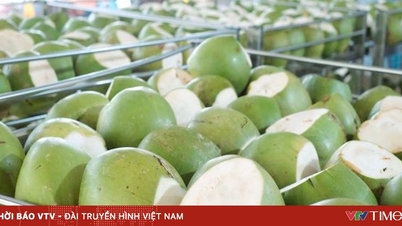

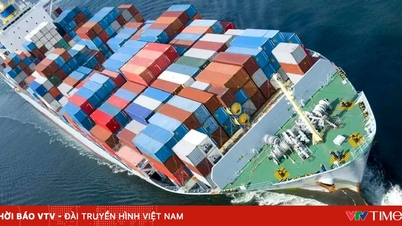
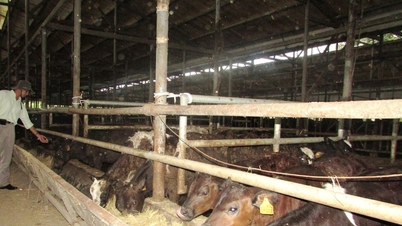

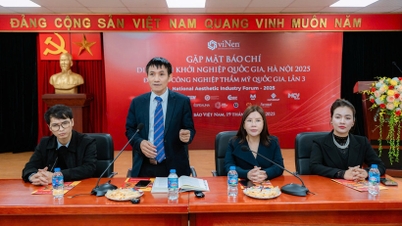

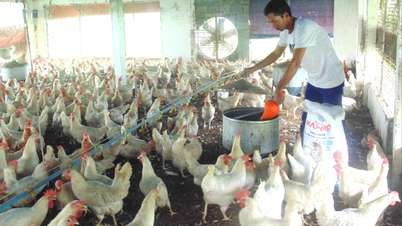


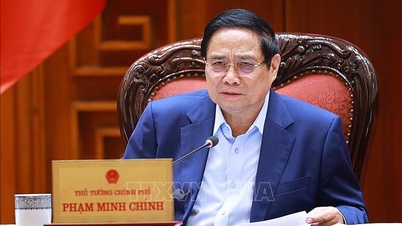
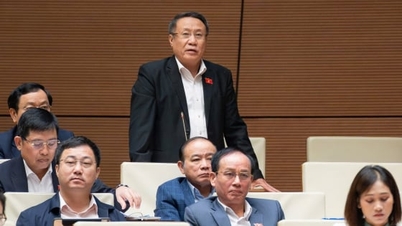

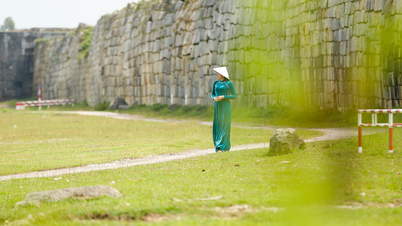

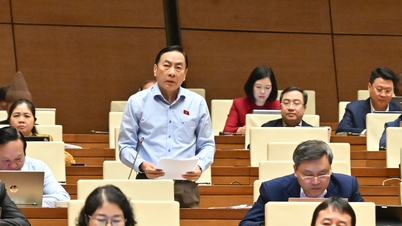

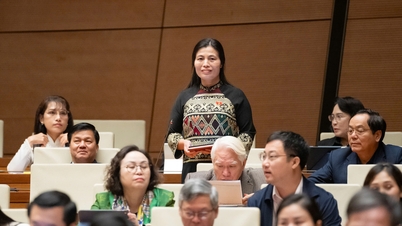






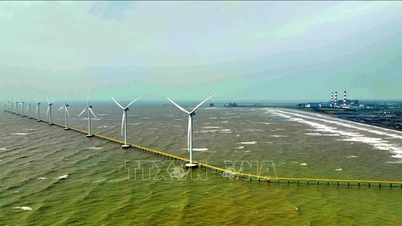
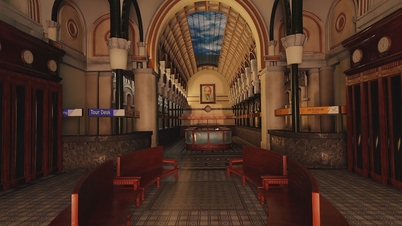
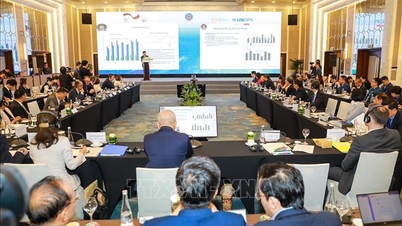
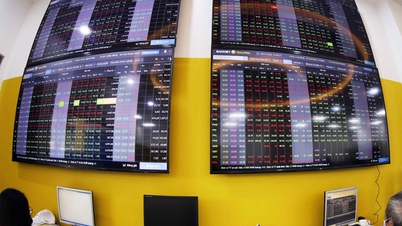
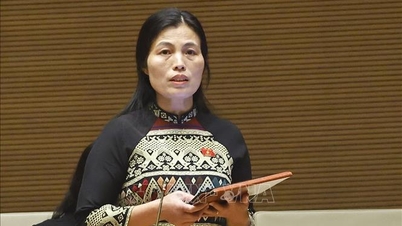

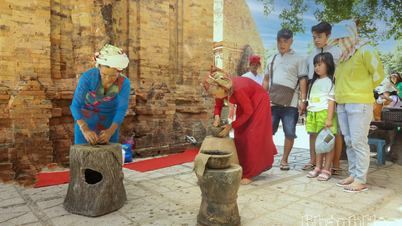

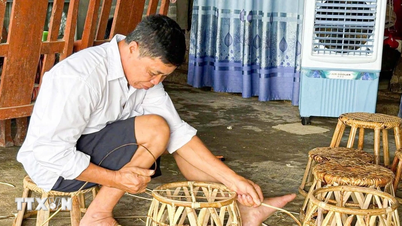

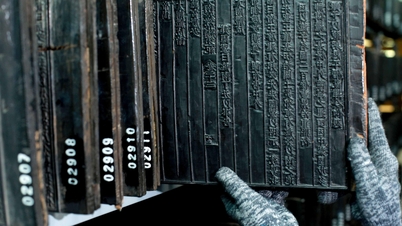


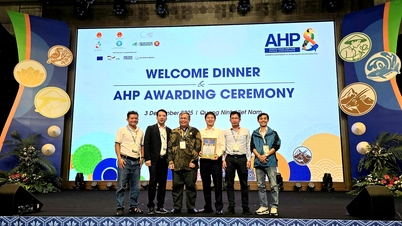
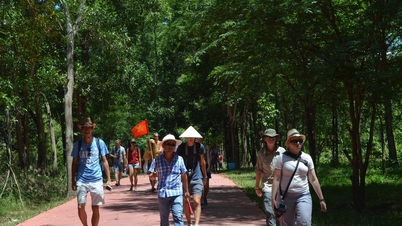

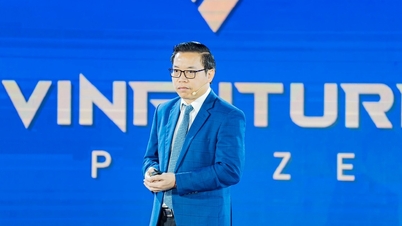

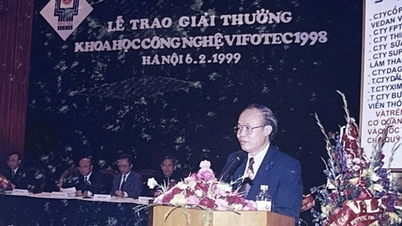

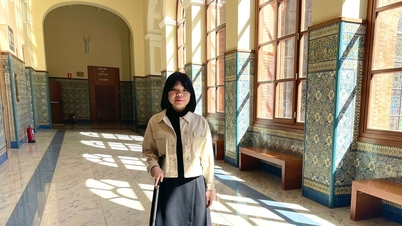
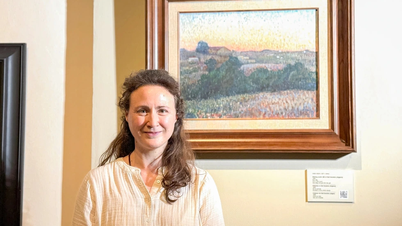
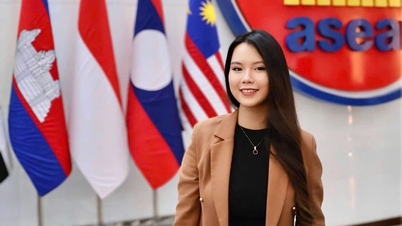

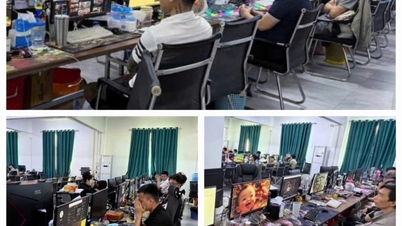

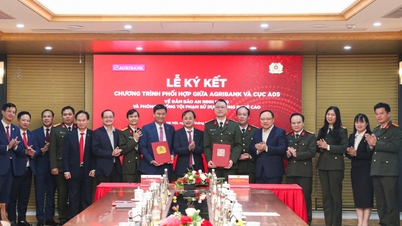

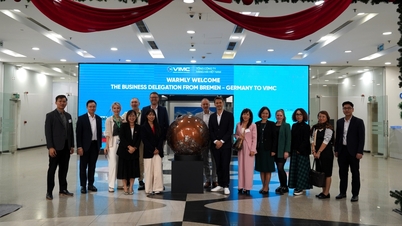
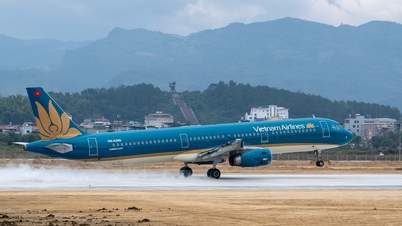
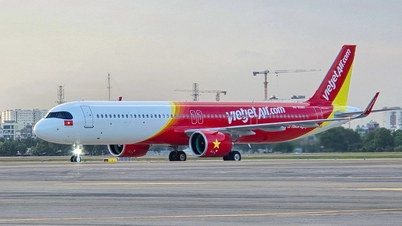








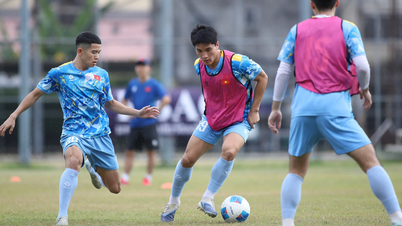
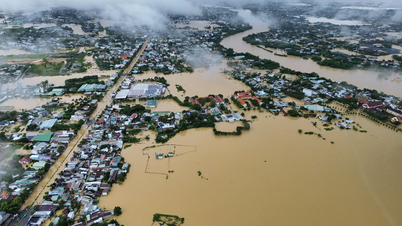



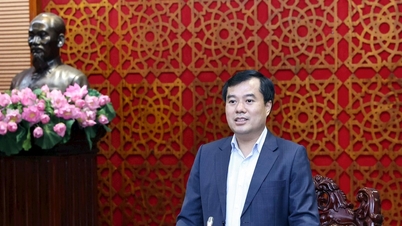
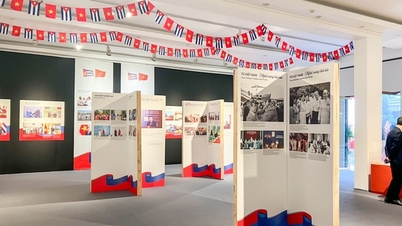

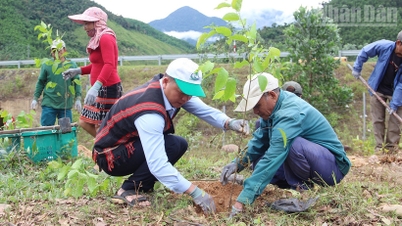
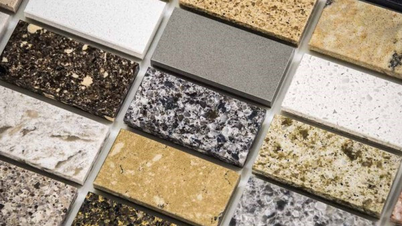

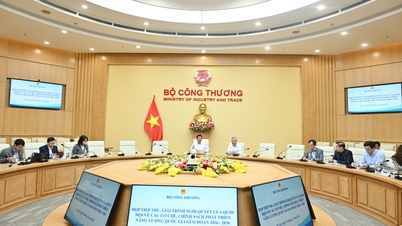
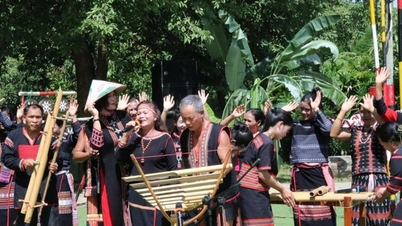


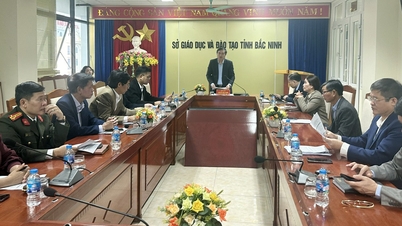

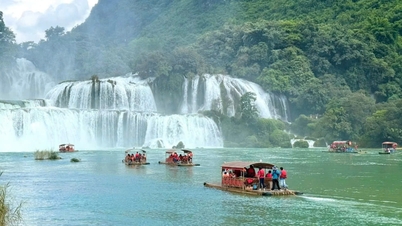

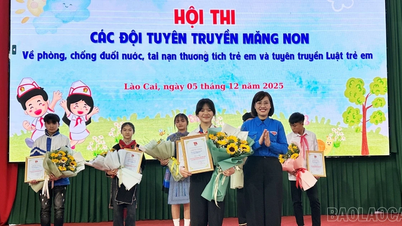

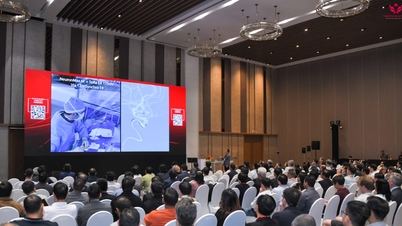













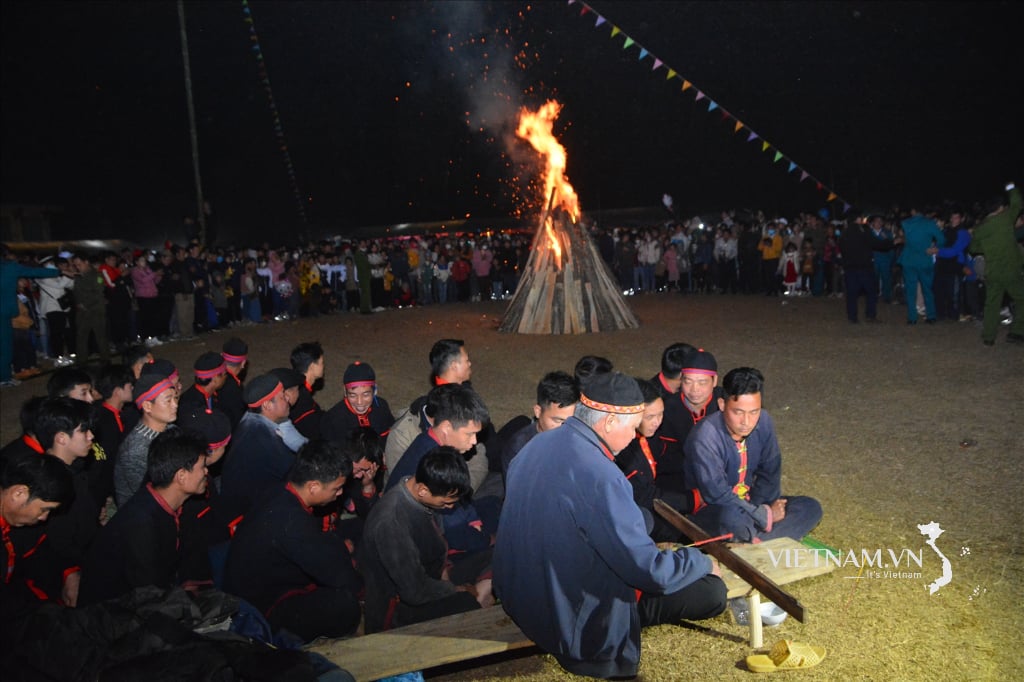
Comment (0)